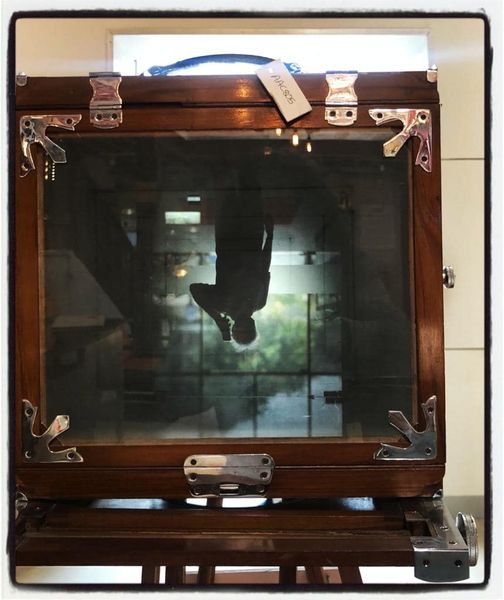The Journey of Your Camera
by Samar S Jodha
National Camera Day ( let’s Not confuse it with World Photography Day
the celebration of the art, craft, science, and history of photography, which falls on August 19th of this year)
So, what is the journey of this instrument which documents your visual language (painting and other creative forms are not that democratic for most of us)
It started with a daguerreotype camera, commercially manufactured by Alphonse Giroux in 1839 in France. Then came the film camera by George Eastman in 1885, the kodak camera.
Enough of history on cameras… so fast forward, the arrival of the commercial digital camera in the early 1990s and finally the camera riding onto your mobile phone (a bunch of Japanese / Korean manufacturers in the early 2000s)
Before the digital camera, the analogue era of photography practice/camera ownership was limited to three categories,
1. The professionals
2. The amateurs/students of photography
3. The rich folks who could afford to buy this mysterious machine.
The rest of the masses didn’t touch it because it was too expensive or complicated to load a film, forget shutter speed/ F stop etc.
But today, we are all part of this picture-making process (each year, over a trillion images are done worldwide), All because those technical bits are not the challenge, unlike in the film days. Which also brings the democratising of this art form (art to some, photography to others)
As some would call it in the professional photo world, this disruptive tech demolished a considerable part of commercial photography. It suddenly removed that wall/barrier of tech knowledge/experience as part of the photo practice.
So, the upside, this tech arrival leads to everyone can be a photographer. You could be a physicist or a five-year-old child; taking a picture became easy. Which also brought literacy of photography, where anyone could compare their style to the other millions of images being shown/shared (social media platforms being the most significant trigger)
At the same time, the overload of images (pics, snaps in the amateur world) also created a level playing field on being a photographer. But the real challenge is how to make your pictures heard/seen which stand out in this digital noise.
The solution does not lie in carpet bombing with your camera (basically overshooting and hoping something will work out), not creating/seeing the image in the camera but on the editing table (overkill on photoshop)
So why is the history of this craft and its practitioners more relevant than ever? During the analogue/film days, you developed the image in your head and not in the tool, the non-instant gratification (shoot and look at your screen addiction of today) when one was limited with expensive film usage, the art of pause, observe, absorb, engage, and finally indulge in hitting that shutter.
The camera never made an image, but only a technically good photograph. And for an impactful or memorial image, one needs to read much deeper into that frame one is creating and not get stuck into the auto mechanics of that digital device of today.
Meanwhile, what has it done to the professional photography world? There are much more risk-taking/ experimenting individuals, and it needs severe balls of steel or power girl (figure of speech) to make a success in the biz.
Now back to the history of the camera; if you are interested in where it all started, there is one place to be. It’s the most extensive camera museum in South Asia, situated in the suburbs of Delhi (Gurgoan). It’s not only packed with thousands of cameras but has a fascinating timeline of that camera’ journey from the 1800s to date. And if you are interested in learning traditional methods of photo printmaking or newer ways of being a storyteller, there are superb workshops by experienced teachers at the museum.
More info on Museo Camera Centre for the Photographic Arts: https://www.museocamera.org/
End of the day, that camera (with its history) is just a tool, but the actual picture-making is all about what you are experiencing and the story you want to share in that two-dimensional art form

Traditional Camera- Vageshwari/early 20th century/film size 10”x12” (shot at Museo Camera)
